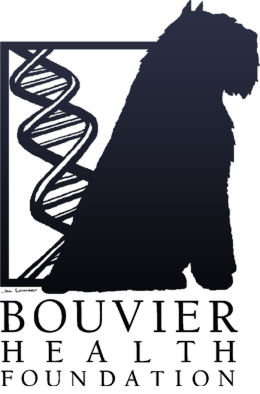One of our past Projects
Dr. Paul Miller worked exclusively with the Bouvier Health Foundation to determine what is typical in the Bouvier eye and what peculiarities may preclude the onset of glaucoma. Dr Miller currently serves a Clinical Professor of Comparative Ophthalmology and Section Head of Ophthalmology at the School of Veterinary Medicine, University of Wisconsin-Madison. He is nationally recognized for his work in the diagnosis, treatment and prevention of glaucoma. He has given over 250 scientific and continuing education presentations, authored more than 65 scientific publications or book chapters, served as the editor for the ophthalmology section of the Five Minute Veterinary Consult and co-editor Doug Slatter’s Fundamentals of Veterinary Ophthalmology textbook, and has co-chaired the ACVO’s Basic Science Course for the Veterinary Ophthalmologist for the last 12 years. He is also president of the American College of Veterinary Ophthalmologists.
Click here to view his presentation to the ABdFC on September 25, 2005.
